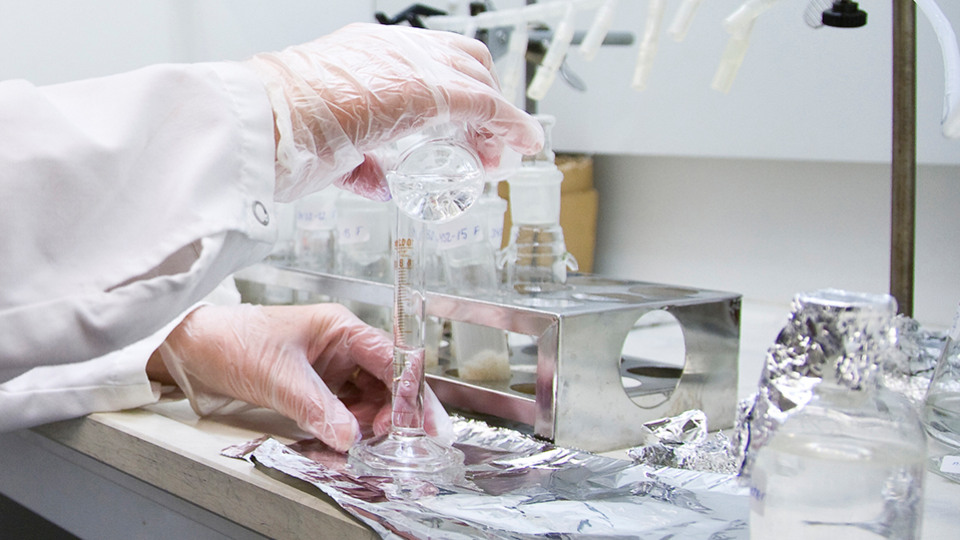
Several new tools strengthen efforts for a sustainable and safe chemical industry
AI-based tools that can be used to predict whether substances are carcinogenic or endocrine disruptors. These are examples of tools developed by the IVL-led Mistra SafeChem research programme to reduce the risk of chemicals to humans and the environment.
"With the help of these tools, it's possible to make more thorough assessments of chemicals, materials and products at an early stage, so this is very positive for the development of a safe and sustainable chemical industry”, says IVL's Hanna Holmquist, who is part of the management of the interdisciplinary programme.
A core part of Mistra SafeChem is the development of methods and models to support safe and sustainable production and use of chemicals. Since the programme's start in 2019, its toolbox has been filled with 37 different tools and processes. And more are on the way.
They include new chemical synthesis processes for producing chemicals and materials that can contribute to sustainable development, for example by being more resource efficient and generating less waste. There are also both computer-based and experimental analytical methods for predicting and testing what is hazardous to humans and the environment, as well as methods that provide an overall picture of exposure to hazardous substances across the entire life cycle of a product, from manufacture and use to waste management.
Some examples:
- Tools based on AI and machine learning that can quickly predict the properties of substances, such as whether they are carcinogenic or can affect fertility.
- Solvent-free methods to screen textiles for hazardous substances. Textile production uses large amounts of chemicals, some of which may remain in the finished garments, and these chemicals can affect the recyclability of the textile.
- Methods to convert wood damaged by the spruce bark beetle, and other forestry residues, into textiles and biofuels.
- Cell-based tests to assess the toxicity of substances. The results can be used to select the least hazardous substances.
Read more about Mistra SafeChem's toolbox. External link, opens in new window.
External link, opens in new window.
For more information, contact:
Hanna Holmquist, hanna.holmquist@ivl.se, tel. +46 (0)10-788 67 06
Mistra SafeChem is led by IVL Swedish Environmental Research Institute, and implemented in collaboration with RISE, Stockholm University, KTH Royal Institute of Technology, the Technical University of Denmark, and ChemSec. Also participating are thirteen industrial partners. Read more on the website. External link, opens in new window.
External link, opens in new window.
